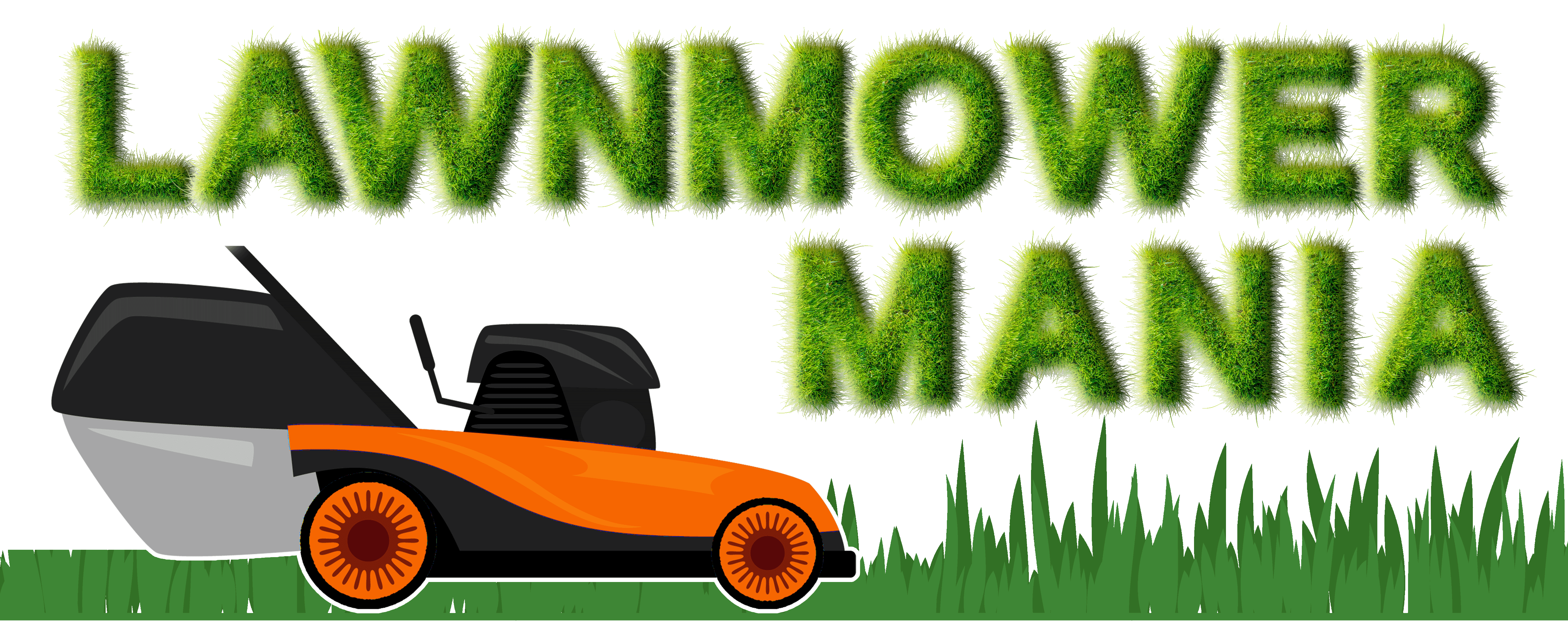Unlocking the Power of Tetraploid Dwarf Amenity Ryegrass: Characteristics, Maintenance Tips, and Benefits for Your Home Lawn
- Simon Davey
- Mar 14, 2024
- 3 min read

Enhancing home lawns with its unique benefits, Tetraploid Dwarf Amenity Ryegrass is celebrated for improving lawn health and environmental sustainability. This grass variety is distinguished by its horizontal growth, which acts as a natural barrier against weeds, thus reducing the need for pesticides. This article offers a deep dive into the grass's qualities, how it enriches lawns and supports eco-friendly care practices. Explore our Grass Seed Selection Hub to find the perfect Tetraploid ryegrass blend for your lawn.
Key Takeaways
Its horizontal growth patterns offer a natural defence against weed invasion.
Eco-friendly lawn care is enhanced by the traits of Tetraploid Ryegrass.
Transitioning to reduced pesticide usage nationwide fosters healthier ecosystems.
Understanding Tetraploid Dwarf Amenity Ryegrass
Characterized by a unique genetic structure—four sets of chromosomes, double the typical amount—Tetraploid Dwarf Amenity Ryegrass stands out for its rapid growth, enhanced stress resistance, and superior nutrient absorption. Think of it as a grass supercharged with extra genetic material, enabling it to thrive where others might falter. For those interested in coastal lawn varieties, consider the A1 Lawn Coastal blend, which is fortified with Tetraploid ryegrass.
Environmental Advantages and Unique Traits
Accelerated establishment and unmatched stress resilience.
Its thick growth pattern diminishes the necessity for chemical treatments.
Adopting this grass variety promotes a lawn ecosystem that supports biodiversity. The A1 Lawn Premiership Pro mix, featuring Tetraploid ryegrass, is designed for top-tier lawn performance with minimal environmental impact.
Comparing Tetraploid Ryegrass with Traditional Varieties
When considering Tetraploid versus traditional ryegrass, the differences are notable. Traditional ryegrass, with its vertical growth, may struggle against weed invasions without help from pesticides. Tetraploid Ryegrass, however, spreads out, creating a dense carpet that naturally suppresses weeds. Its superior stress tolerance means it can better withstand drought and disease, making it an ideal choice for environmentally conscious homeowners seeking a lush, low-maintenance lawn. For year-round lawn care, the A1 Lawn 4 Seasons Pro blend offers a robust solution with Tetraploid ryegrass.

Detailed Maintenance Tips for a Lush Lawn
Mowing: Aim for a height of 3-4 inches to support healthy root systems and resilience against environmental stress.
Watering: Implement deep, weekly watering to encourage roots to reach deeper into the soil, enhancing drought resistance.
Fertilizing: Opt for slow-release fertilizers to nourish your lawn without the surge in growth that demands frequent mowing. A1 Lawn Cool Start is especially formulated to kickstart your Tetraploid ryegrass growth in cooler temperatures.
The Environmental Benefits of Pesticide-Free Lawn Care
Choosing Tetraploid Ryegrass is a significant step towards an eco-friendly lawn, reducing chemical runoff and promoting a diverse ecosystem right in your backyard. Embrace this grass to contribute to a larger movement towards sustainable living.
Incorporating Tetraploid Ryegrass Into Your Lawn
Mixing Tetraploid with Dwarf Ryegrass enhances your lawn's resilience and aesthetic appeal. Preparation is key: test your soil, evenly distribute high-quality seed mix, and ensure proper watering for successful germination and growth.
Embracing Tetraploid Dwarf Amenity Ryegrass
By choosing Tetraploid Dwarf Amenity Ryegrass, you're not just opting for a visually appealing lawn; you're supporting eco-friendly lawn maintenance and contributing to a sustainable future. Its natural resilience and minimal care requirements offer a practical solution for today's environmentally conscious homeowner.
Frequently Asked Questions
What distinguishes Tetraploid Dwarf Amenity Ryegrass?
It's like the superhero of grasses, with double the usual chromosome count, leading to faster growth, better disease resistance, and a knack for thriving under stress.
How does Tetraploid Ryegrass minimize pesticide use?
Its dense, horizontal growth pattern outcompetes weeds naturally, lessening the reliance on chemical weed control and fostering a healthier lawn ecosystem.
Is it compatible with other lawn seed types?
Absolutely, it blends well with other varieties, enhancing the overall health, resilience, and beauty of your lawn.





